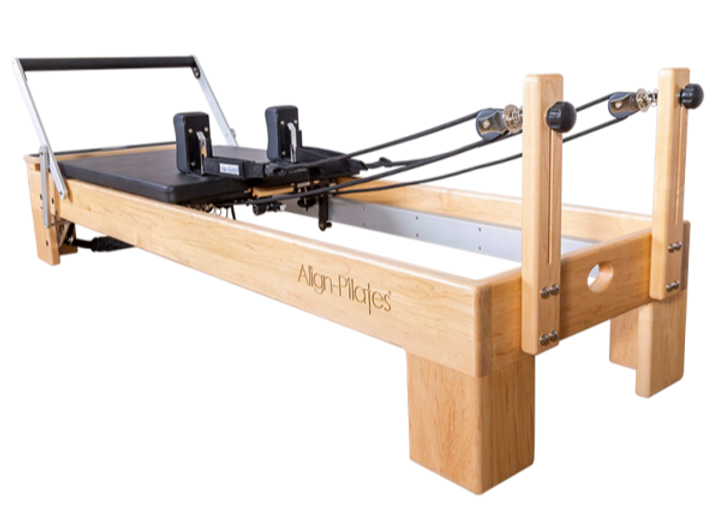When talking about Pilates most people’s first thought is of a group mat class and equipment is usually a ball, a band or sometimes a foam roller. However, Joseph Pilates didn’t just develop a series of mat exercises he was also a prolific inventor of equipment. The most well-known of these is the Pilates Reformer.
The reformer has a bed like frame with a platform or mat, called the carriage, shoulder blocks and a foot bar. The carriage moves on rollers and under the carriage are springs, it is these that are adjusted according to the exercise and the clients needs. There are no weights to lift and conversely to what most people think the fewer the springs the hard you need to work to stabilize your core.
The Align Reformer
I have a bad back can I still use a Pilates Reformer?
Due to its design the reformer provides an excellent supported, low impact, workout which is excellent for recovering from injuries such as back pain, hip pain and knee pain.
That said exercises, and their complexity, can be scaled up as the client progresses (instructors love a challenge) to provide an advanced workout.
As a client you would expect to spend some time laying down on the carriage but exercises can also be done sitting, kneeling, standing, sideways (no head stands please!)
I find the best thing about the reformer, especially versus the mat, is that it shows alignment issues and compensation patterns very quickly. As you are supported between the shoulder blocks and the foot bar in the early exercises you can quickly see where the body likes to ‘cheat’ and this can give a more helpful and restorative workout. Best of all if you are coming to Pilates without an injury, seeing these held patterns and working on them can help prevent future injury or pain.
Why is Pilates Reformer more expensive than a mat class?
As you can hopefully see the equipment is significantly larger, and therefore more expensive, than a mat or the small equipment used for a mat class. There is additional training that is needed to teach reformer based pilates, either in the form of a comprehensive course (can be up to 3 yrs long) and add on courses following mat pilates training, obviously these courses represent a significant time and money investment. Due to the size and cost of the equipment class sizes are usually limited, and in the case of Fascial Soul they are 1:1 sessions only, this adds to the cost of a session.
Hopefully this has answered some of the common questions I get asked about reformer pilates. If you have any further questions please get in touch and I will do my best to answer them.

